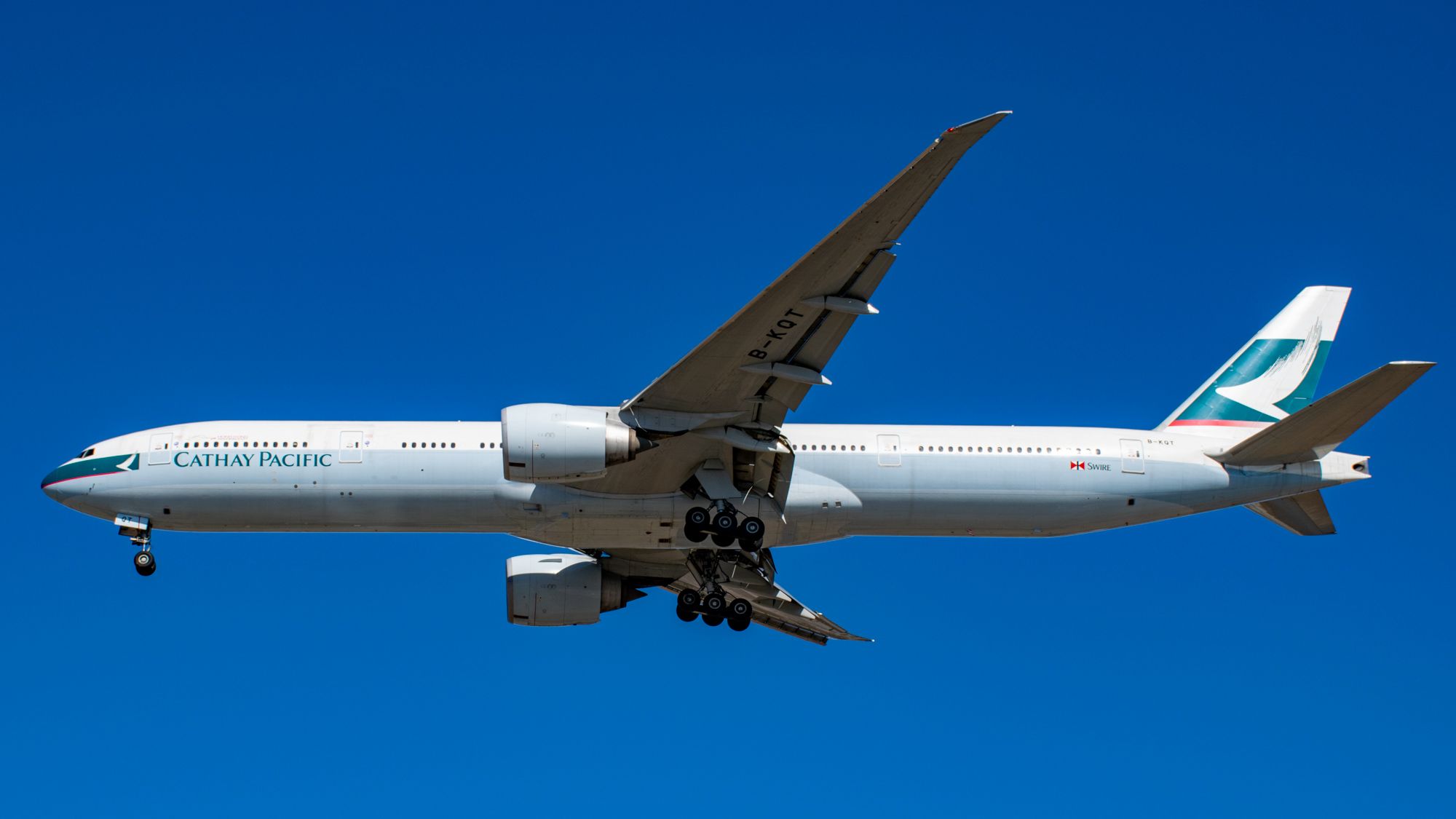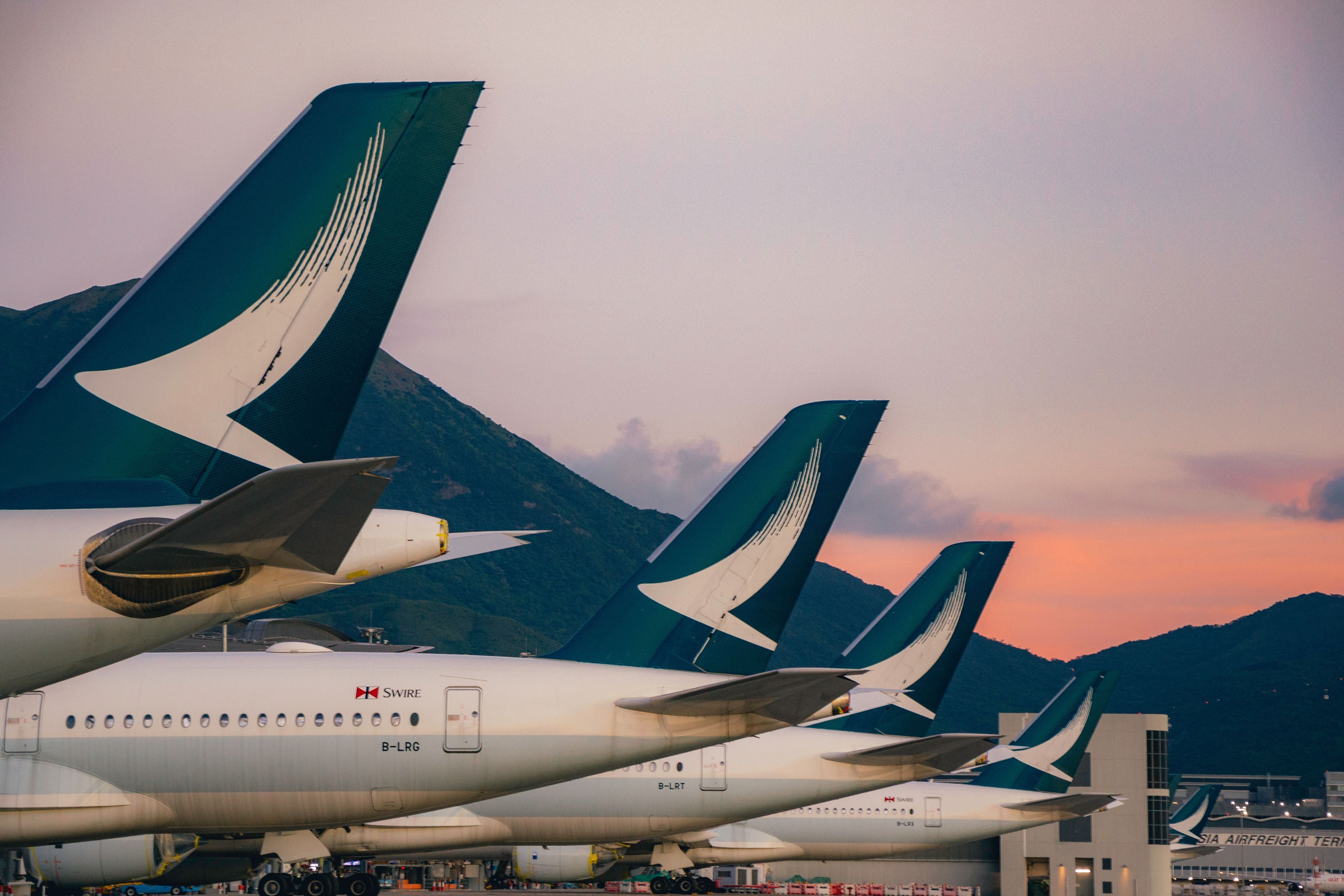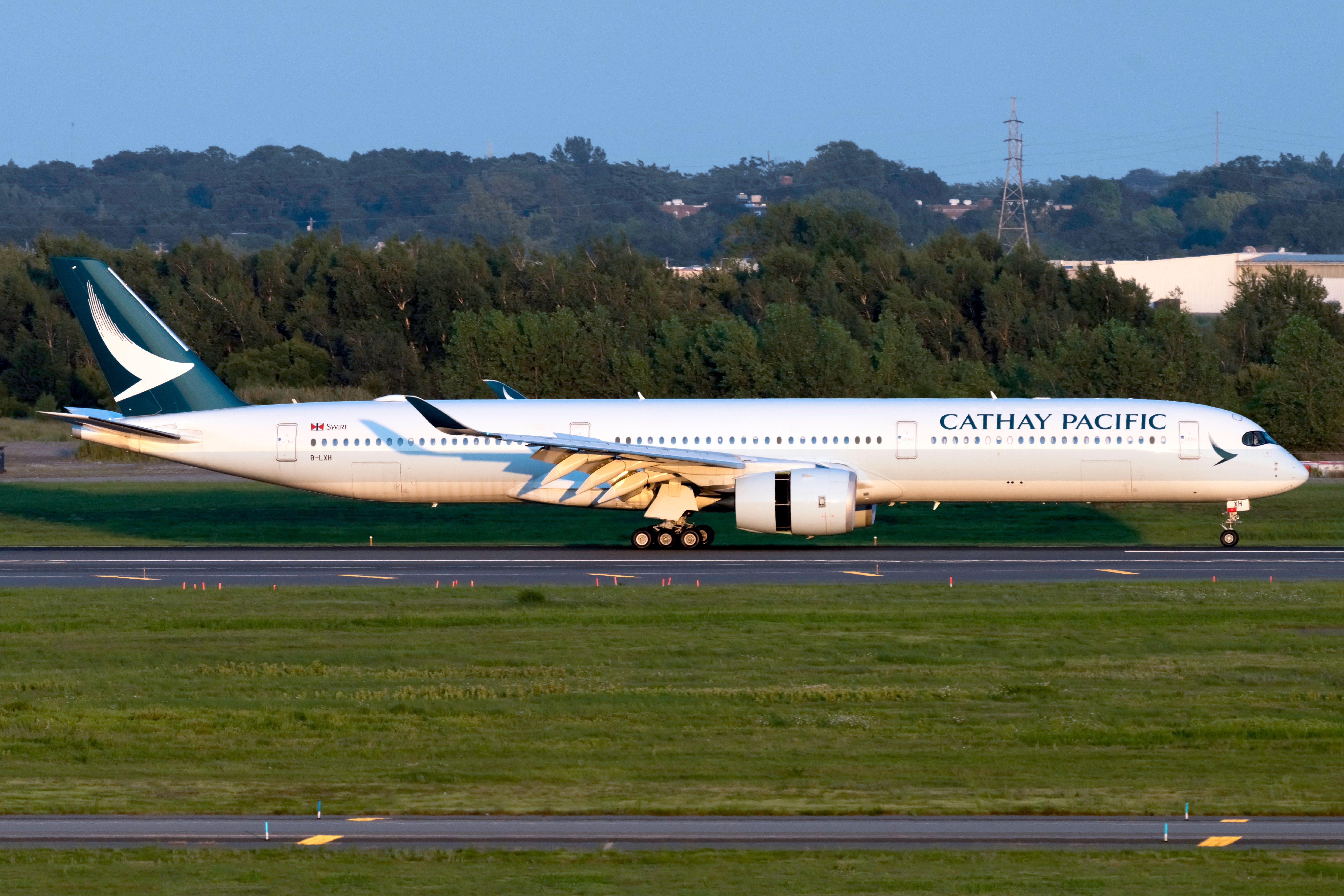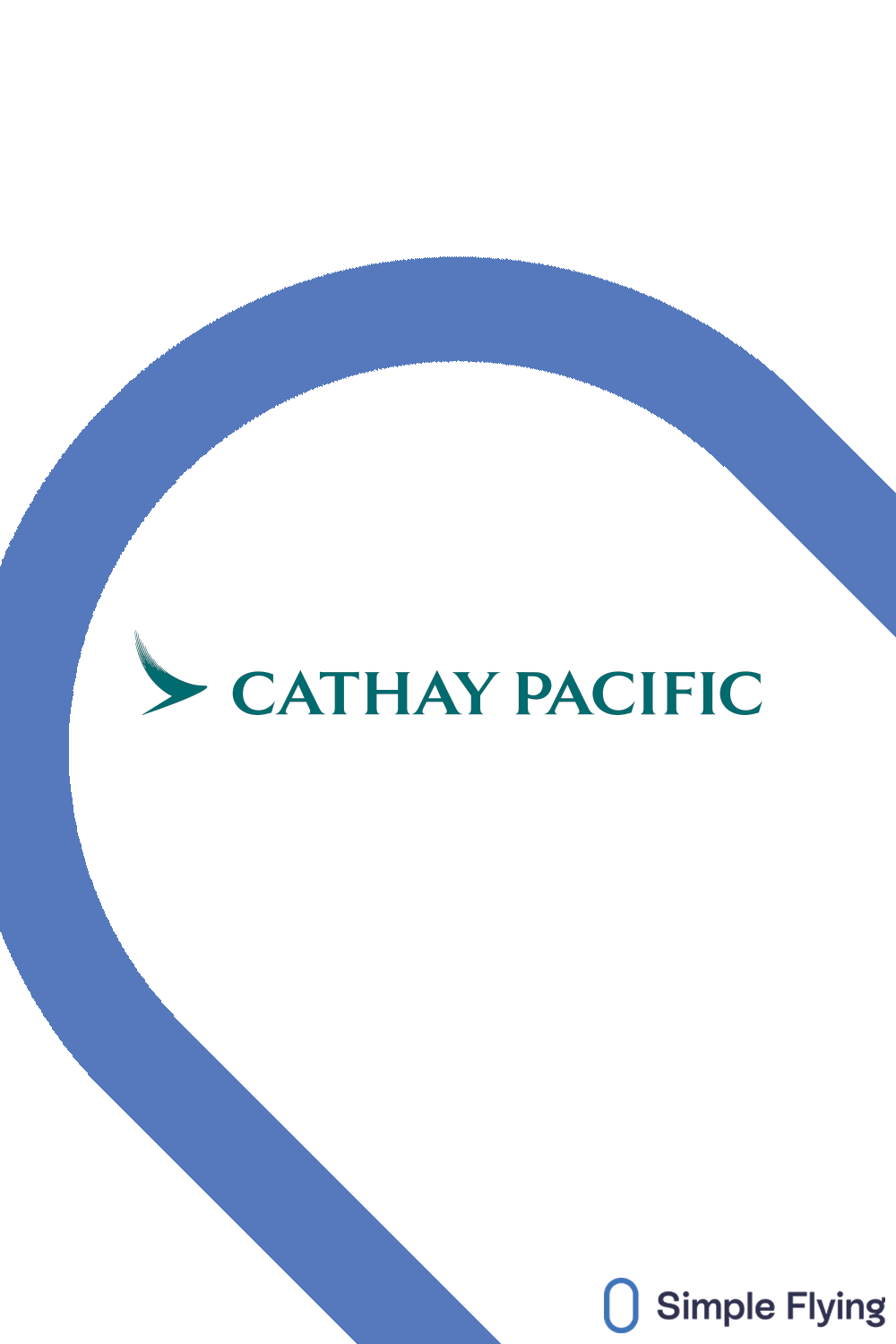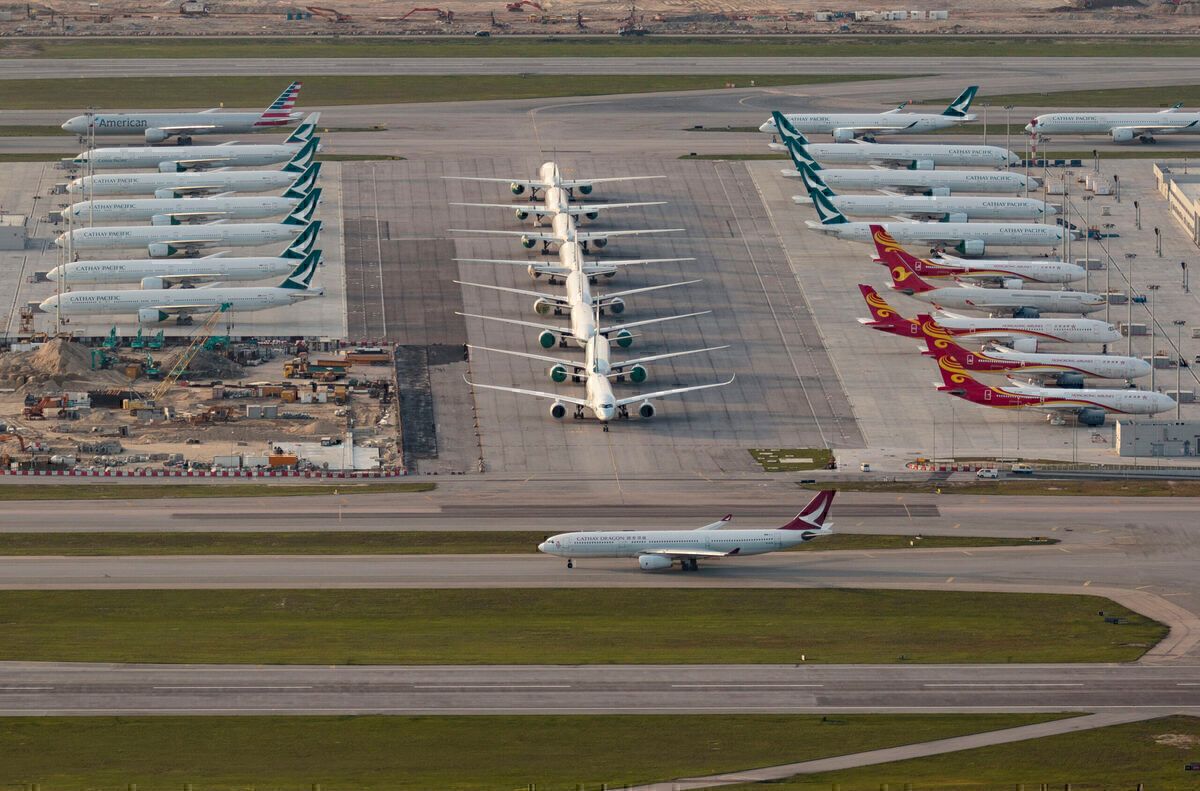Read update
- Letter from Cathay Pacific published...
Newly released reports suggest that the Hong Kong-based carrier Cathay Pacific recently emailed its staff regarding an internal investigation conducted by the airline, which showed that there had been recent findings that suggest the airline's pilots have been taxiing at lower speeds when compared to other airlines, causing runway congestion.
The airline has stated that it will overlook any of the previous reports, but in the future, if an aircraft is reported to be taxiing at slower speeds than average, necessary actions will be taken to tackle the issue. This could include disciplinary actions against pilots for taxiing plans at slow speeds for arrival and departures, which could result in potential runway congestion.
The importance of normal speed
While it is imperative that safe separation must be maintained while taxiing, it is also important to keep the taxi times to a minimum to keep the flow moving. It is stated that taxiing can be done at speeds up to 30 knots when condition permits, and data from Hong Kong International Airport suggests an average taxi speed of 15 to 20 knots can be achieved in most instances.
Congestion on a runway or taxiway can have environmental implications too. On the one hand, aircraft that are delayed on the ground will be forced to burn more fuel than required while on idle engine power. On the other hand, the aircraft approaching the airport might have to slow down or even cancel its approach or landing if the runways and taxiways aren't vacated on time by the previous aircraft, which leads to increased flight times and higher fuel burns.
To reduce taxi times, the Federal Aviation Administration (FAA) and National Aeronautics and Space Administration (NASA) completed testing a software in 2021 that enables an aircraft to push back from its gate and get to the runway with minimal delays, thus reducing the time it spends on the ground and once it takes off, get the aircraft to high altitude en-route traffic towards its destination.
The reason for taxiing slowly
It is suggested that a potential reason for pilots taxiing at such slow speeds is to increase their total flight time and get increased pay per flight.
The reason for this is that Cathay Pacific was one of the airlines hit massively at the start of COVID-19, with the revenue falling by 98%, and to survive, the airline had to furlough about 20-30% of the workforce, and the remaining members of staff saw salary cuts, including forcing pilots to accept permanently lower salary contracts or risk losing their jobs.
However, after three years since the pandemic broke out and the airline recovering to 50% of its pre-pandemic operations, staff salaries are still 30% lower than their pre-pandemic wages. Furthermore, it is indicated that the staff is discontent with the new contracts offered by the airline.
While it is essential to maintain adequate separation on the ground and not taxi too fast, it is also important to consider the environmental implications of taxiing too slowly and causing congestion on the ground and in the air. In aviation, every operation is interconnected; thus, any disruption of flow on a single aspect could potentially have a global knock-on effect.
Simple Flying has reached out to Cathay Pacific for comment. A spokesperson for the airline shared the following:
"Cathay Pacific works closely with airport authorities in Hong Kong and markets that we operate. We take any feedback from our discussions seriously. Safety is always our top priority. We pride ourselves on our high levels of proficiency and operational standards."
UPDATE: 2023/05/15 10:41 UTC BY SUMIT SINGH
Letter from Cathay Pacific published...
The airline has since sent a letter from Cathay Pacific General Manager Flying Tim Burns. He sent his team the following...
"On 20th April I wrote to you addressing a report from the Airport Authority of Hong Kong (AAHK) regarding the slow taxi speeds of Cathay aircraft compared to other operators at HKIA. As stated then, we don’t believe this is a widespread problem; however, we naturally take the feedback seriously,
"We have reviewed a great deal of data over the past four weeks and I‘m pleased to report that we have seen a reduction in slow taxi incidents. I’d like to thank you all for your continued adherence to the highest professional standards. We have access to digital output that helps put context around some of the remaining occurrences and we will follow up should we identify a need to do so,
"Regardless, our professional standards include maintaining an awareness of taxi speeds commensurate with the environment and avoiding congestion."
Sources: Reuters, The Standard

